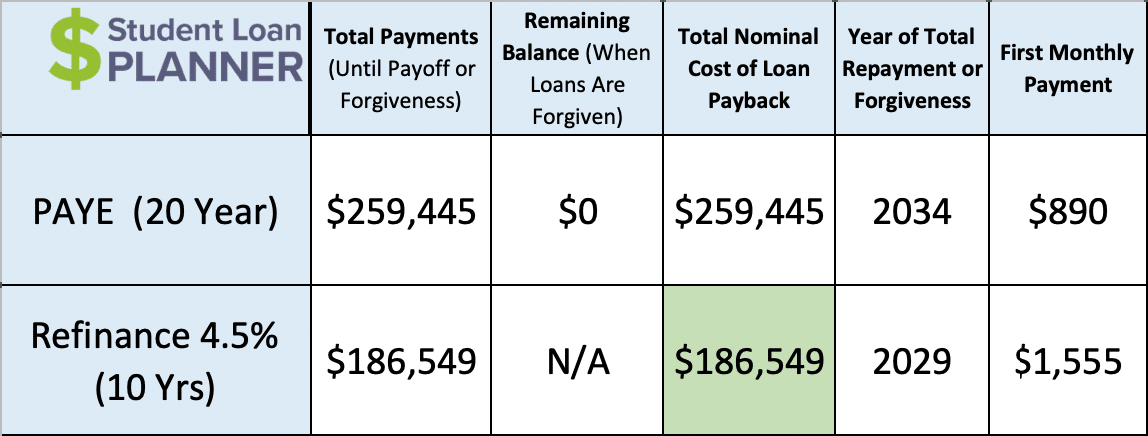tight money definition: Inflation: Definition, Types, Impacts and Control
Contents:

Money supply with the public mainly consists of currency and deposits. Individuals, banking companies, other corporate bodies , and unincorporated bodies can invest. Additionally, non-resident Indians and foreign institutional investors , etc can also invest in CPs. Foreign Institutional investors can invest in CP subject to the criteria and conditions laid down by SEBI. The money market in India is regulated by both the Reserve Bank of India and the Securities & Exchange Board of India .

Sports Car Buying Guide: Everything You Need to Know – Kelley Blue Book
Sports Car Buying Guide: Everything You Need to Know.
Posted: Wed, 22 Feb 2023 08:00:00 GMT [source]
But, in the case of inflation, RBI uses reverse repo to absorb funds from the market to regulate the lending capabilities of commercial banks. Second, call money market seems to be highly sensitive to the policy rate changes and displays substantial pass-through with lag effects in response to policy rate shocks. Third, policy rate changes are likely to impact the working capital cost of the corporates significantly as a policy rate shock tends to cause considerable increase in the interest rates on commercial papers. As the funding cost of banks in the overnight market increases significantly, banks may pass it on by raising short term lending rates for corporates. Fourth, expectations seem to play an important role in explaining the market behaviour in response to policy rate shocks, as an initial shock could be construed by the market as continuation of policy rate cycle of the central bank. This is reflected in relatively strong response of 1-month MIBOR and 1-year OIS markets to policy rate shocks.
The difference between the face value and the issue price is the return to the investor. As the same can be transferred from one person to another in case of immediate cash requirements. These instruments are issued at a discount and repaid at par at the time of maturity. And are issued in lots of Rs. 25,000 for 14 days & 91 days and Rs. 1,00,000 for 364 days. It is a financial market and has no fixed geographical location. It enables funds for businesses to grow and hence is responsible for the growth and development of the economy.
Understanding Tight Monetary Policy
With the introduction of Liquidity Adjustment Facility – Repo/Reverse Repo Rate depending upon the status of underlying durable liquidity started functioning as the policy rate. In a surplus liquidity condition, the reverse repo rate becomes the operating policy rate. In a deficit liquidity situation, the repo rate becomes the policy rate. On introduction of LAF, discounting/rediscounting of bills of exchange by the Reserve Bank has been discontinued.
The Fed uses tight money definition financial policies to cut back the consequences of inflation and tighten the economic market. Severe adjustment of the economic market may result in deflation. Credit represents the loans banks build to people and their businesses.
Factors to determine Interest Rates of Money Market Instruments
Or, what if a government determined to print cash to pay money owed? This has occurred many instances, for instance in Germany in the early Nineteen Twenties and extra recently in Zimbabwe. The central banks of Japan, Denmark, Sweden, and Switzerland also set adverse rates.
I Practice Clean Eating, So Of Course I'm Broke – Daily Meal
I Practice Clean Eating, So Of Course I'm Broke.
Posted: Fri, 03 Mar 2023 15:01:00 GMT [source]
Since the securities being traded are highly liquid in nature, the money market is considered as a safe place for investment. Money Market is a financial market where short-term financial assets having liquidity of one year or less are traded on stock exchanges. Also, these facilitate the participant’s short-term borrowing needs through trading bills.
WHY should we measure money supply?
The Fed usually looks at tightening monetary policy throughout occasions of strong financial growth. Central banks interact in tight monetary coverage when an economy is accelerating too quickly or inflation—general costs—is rising too quick. The main function of these purchases was to help to lower the extent of longer-time period rates of interest, thereby improving financial situations. The central financial institution seeks to encourage elevated lending by banks by reducing the reserve ratio, which is basically the quantity of capital a industrial financial institution wants to carry onto when making loans. If quantitative easing itself loses effectiveness, a authorities’s fiscal coverage can also be used to further increase the cash provide.
- Low market liquidity usually negatively affects production and consumption.
- In order to reflect recent monetary trends, it has been suggested that the monetary measures, M2 and M3 should be altered.
- In other words, the higher the fiscal deficit more will be the money required by the government.
- In May 2020, the repo rate was reduced by 40 basis points from 4.4% to 4% and the reverse repo rate was made 3.35%.Repo rate and reverse repo rate are monetary policies used by RBI to maintain economic stability in the country.
It is evident from Table 2 that after controlling for liquidity deficit, the contemporaneous term turns insignificant and hence dropped from the model. This also seems to suggest that when there is absence of liquidity stress, overnight market rate responds gradually to policy rate changes. Based on some broad empirical observation of sample, we treat LAF deficit as conditions of liquidity stress. The empirical estimates suggest significant asymmetric behaviour of call rates, commercial paper yield and short term treasury bill yield to changes in policy rates during the deficit liquidity conditions vis-a-vis surplus liquidity conditions 16.
Just upload your form 16, claim your deductions and get your acknowledgment number online. You can efile income tax return on your income from salary, house property, capital gains, business & profession and income from other sources. Further you can also file TDS returns, generate Form-16, use our Tax Calculator software, claim HRA, check refund status and generate rent receipts for Income Tax Filing. A higher exchange rate causes exports to decrease, imports to increase and the balance of trade to decrease. The higher interest rates make domestic bonds more attractive, so the demand for domestic bonds rises and the demand for foreign bonds falls.

Broad money may include various deposit-based accounts that would take more than 24 hours to reach maturity and be considered accessible. It is implemented by lowering key interest rates thus increasing market liquidity . High market liquidity usually encourages more economic activity. 1 Mainstream thinking on monetary policy transmission can be gauged from the work of Bernanke and Blinder , Christiano et al. , Kuttner and Mosser , Loayza and Schmidt-Hebbel and Sims . The low cost price is the rate of interest banks charge among themselves when lending to each other.
What is Money Market?
https://1investing.in/ policy describes the management of a nation’s cash provide by the federal government or central financial institution. A loose financial policy happens when the money provide is expanded and is well accessible to residents to encourage financial progress. Quantitative easing refers to emergency monetary policy tools used by central banks to spur iconic activity by buying a wider range of property in the market.
- Inflation ensures that the central banks adjust the interest rates.
- The money market instruments are issued by government agencies or bodies, banking institutions, financial institutions, companies, and corporations.
- In the first or transitional phase, the weighted average call rate will remain the operating target, and the overnight LAF repo rate will continue as the single policy rate.
- Central banks usually respond with unfastened financial coverage by growing the money supply and reducing interest rates to finally spur economic development.
With the financial system nonetheless weak, it launched into purchases of government securities from January 2009 till August 2014, for a complete of $3.7 trillion. A reserve ratio is a device used by central banks to increase mortgage activity. During recessions, banks are much less more likely to mortgage money, and consumers are less prone to pursue loans due to economic uncertainty. It sets the cash reserve ratio and statutory liquid ratio for the banks.

In case of RBI – remember REPO, Reverse REPO, CRR, SLR, Bank Rate, Base Rate etc. Normally the central bank follows an easy money policy when they need to promote growth and a tight money policy when they concentrate on controlling inflation. You may also take a close look at the Open Market Operations , a conventional monetary policy action performed by Reserve Bank of India . Fiscal policy is a policy via which a government makes adjustments in its tax rates and spending levels to influence and monitor a nation's economy. It is a sister strategy in relation with the monetary policy by which a central bank impacts the money supply of a nation. Both these policies are utilised in several combinations to direct the economic goals of a country.
